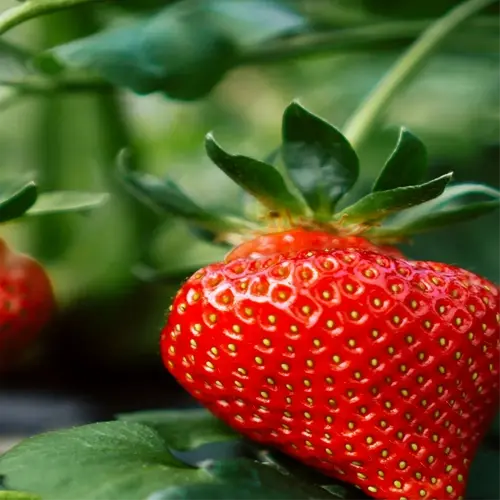Why are my tomato leaves turning yellow?

Written by
Julia Anderson
Reviewed by
Prof. Samuel Fitzgerald, Ph.D.Gardeners often freak out when their tomatoes show yellowing leaves, but the diagnosis is not so difficult. Usually, the culprit is overwatering. I have killed tomatoes and other plants just by caring too much and keeping the soil soggy. Take a look at the drainage on the pot, explore your feeding schedule, and make sure the leaves don't have any uninvited guests before freaking out. Most problems will sort themselves out pretty quickly if you act quickly.
Water & Nutrient Issues
- Overwatering: Let soil dry 2 inches deep before watering
- Nitrogen deficiency: Apply fish emulsion (5-1-1) weekly
- Magnesium lack: Spray Epsom salt solution (1 tbsp/gallon)
Disease & Root Stress
- Fungal signs: Dark spots with yellow halos
- Blight response: Remove infected leaves, apply copper spray
- Root-bound: Repot into 18-inch container immediately
Fungal diseases, such as fusarium wilt, require aggressive removal. I cut infected stems 6 inches below the damaged area and sterilized shears with vodka between cuts. Improve airflow by spacing plants 3 feet apart. Crowding plants traps moisture and invites disease.
Watering Best Practices
- Morning irrigation: Lets leaves dry by dusk
- Drip systems: Target roots, avoid foliage
- Mulch: Regulates soil moisture
Soil Health
- Test pH: Adjust to 6.2-6.8 annually
- Rotate crops: Prevents nutrient depletion
- Compost: 2-inch layer each spring
Remain observant. My ‘San Marzano' plants turned yellow last July. After some investigation, I determined they wanted 50% more potassium during the fruiting period. Since then, I have fed my container tomatoes using a seaweed extract every week. Each change in the garden can be noted in a garden journal or gardening notebook; tracking various patterns can disclose needs hidden in plain sight.
Read the full article: How to Grow Tomatoes: Complete Beginner's Guide

